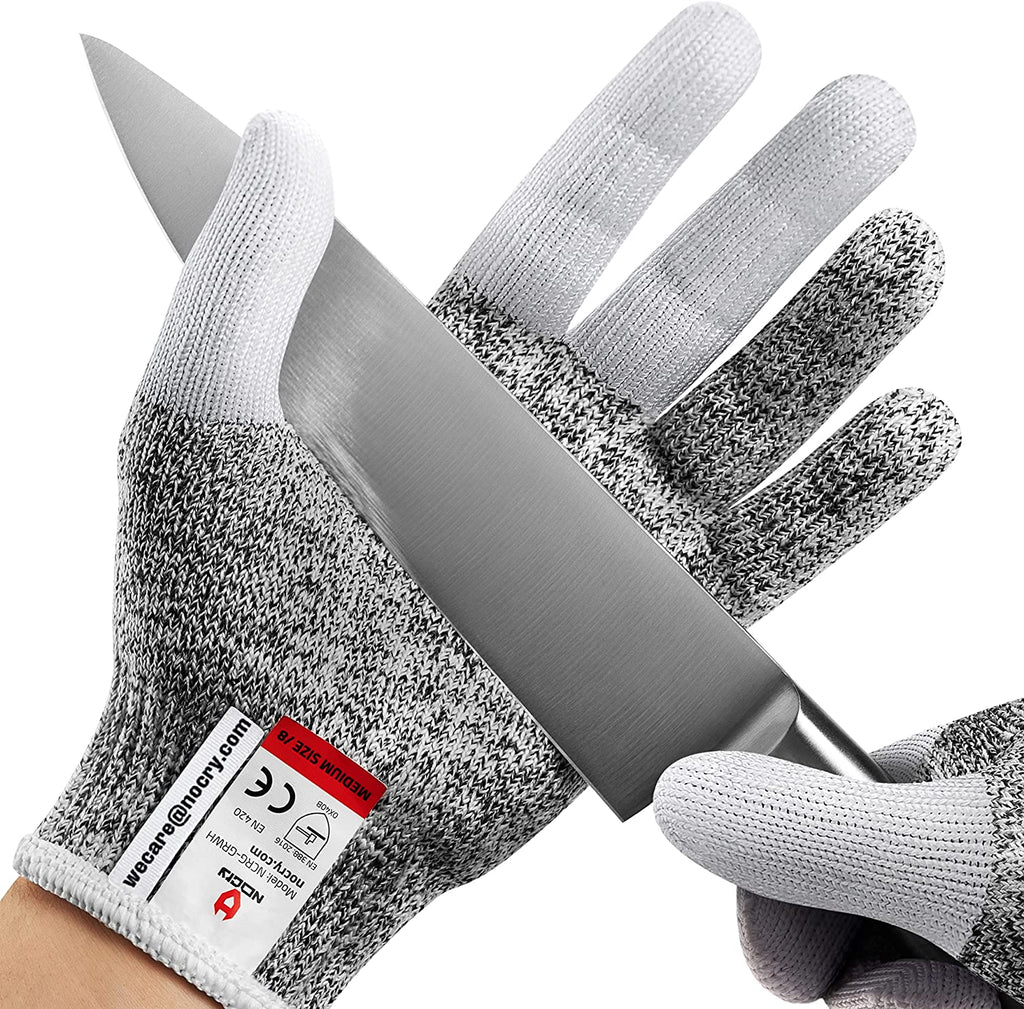If you've ever found yourself struggling with a dull knife blade, you're certainly not alone. Knowing how to grind knife blade properly can make a tremendous difference in the quality and ease of your kitchen experience. This article will guide you through the necessary steps and tips to achieve a precise grind on your knife blade, ensuring that your kitchen tasks are completed with efficiency and satisfaction. For more tips on sharpening, check out Essential Tips.
Grinding a knife blade might seem like a daunting task at first, especially if you're new to it. However, with the right tools, techniques, and a bit of practice, you'll be delighted with the sharpness and performance you can achieve. Follow along as we delve into the world of knife grinding and help you elevate your skills to the next level.

Understanding the Basics of Knife Grinding Technology
Before we dive into the step-by-step process, it is crucial to understand the components and science behind the technology of knife grinding. The proper grind can dramatically affect your knife's performance, durability, and overall lifespan.
Why Proper Grinding is Essential
Properly grinding your knife blade ensures that it remains sharp for an extended period, provides cleaner cuts, and reduces the risk of accidents. A well-ground knife is not only safer but also more efficient, making your kitchen tasks much more enjoyable.
Types of Knife Grinds
- Flat Grind: The most common type, providing a consistent and thin edge.
- Hollow Grind: Often used for razors and delicate cutting tasks, it creates a very sharp but thin edge.
- Convex Grind: Provides a robust and durable edge, ideal for heavy-duty cutting.
- Scandi Grind: Known for its versatility and ease of sharpening.

Gathering the Necessary Tools
To start grinding your knife blade, you'll need the appropriate tools. The key is to have a precise and steady hand, so quality equipment is a must.
Essential Tools for Grinding Knife Blades
- Grinding Jig: Provides stability and ensures consistency in the grind.
- Bench Grinder or Belt Grinder: The primary tool for grinding the blade.
- Sharpening Stones: For honing the blade to a razor-sharp edge.
- Protective Gear: Safety goggles, gloves, and an apron to prevent accidents.

Step-by-Step Guide on How to Grind Knife Blade
Now that you're equipped with the necessary tools, let's dive into the step-by-step process of how to grind knife blade. This guide will walk you through each stage, ensuring that you achieve a precise and professional grind.
Step 1: Preparing the Blade
Before you begin grinding, it's essential to prepare your knife blade. Clean it thoroughly to remove any debris or residue, and ensure that it's dry. Read more on Sharpening Victorinox Knives.
Step 2: Setting Up Your Grinding Jig
Secure your blade in the grinding jig, ensuring it's held firmly in place. This will help you maintain a consistent angle while grinding.
Step 3: Initial Grinding
Start the grinder and gently apply the blade to the grinding wheel or belt. Use even pressure and grind in smooth, consistent strokes. Focus on creating a uniform edge.
Step 4: Cooling the Blade
It's crucial to prevent the blade from overheating, as this can damage the steel. Periodically dip the blade in water to keep it cool. For cooling methods, look into Copper Chef Knife.
Step 5: Honing the Edge
Once you've achieved the desired grind, use sharpening stones to hone the edge. Start with a coarse stone and gradually move to finer stones for a razor-sharp finish.
Step 6: Final Polishing
After honing, polish the blade to remove any burrs and achieve a smooth edge. This will enhance the knife's performance and appearance.
Maintaining Your Grinding Equipment
Proper maintenance of your grinding equipment is essential for achieving consistent results and prolonging the lifespan of your tools. Regularly clean and inspect your grinder and sharpening stones.
Cleaning Your Grinder
After each use, clean the grinder to remove any metal shavings or debris. This will prevent buildup and ensure smooth operation.
Inspecting and Replacing Grinding Wheels
Regularly inspect the grinding wheels for wear and damage. Replace them as needed to maintain effective grinding performance.
Common Mistakes to Avoid
Grinding a knife blade can be a meticulous process, and even small errors can lead to subpar results. Here are some common mistakes to avoid:
- Applying Too Much Pressure: Excessive pressure can cause uneven grinding and damage the blade. Learn to use a knife the right way with Chef Knife Tips.
- Neglecting to Cool the Blade: Overheating can weaken the steel and ruin the blade's temper.
- Inconsistent Angles: Maintaining a consistent angle is crucial for achieving a sharp edge.
Faq Section
FAQ Section
-
Q: How often should I grind my knife blade?
A: The frequency of grinding depends on how often you use your knife. For regular kitchen use, consider grinding every few months to maintain optimal sharpness.
-
Q: Can I grind my knife blade without a grinding jig?
A: While it's possible, using a grinding jig ensures a consistent angle and more precise grind, especially for beginners.
-
Q: What if I accidentally overheat the blade?
A: Overheating can weaken the steel and affect the blade's performance. If this happens, you may need to re-temper the blade or consult a professional to restore it.
As an Amazon Associate, I earn from qualifying purchases.


























